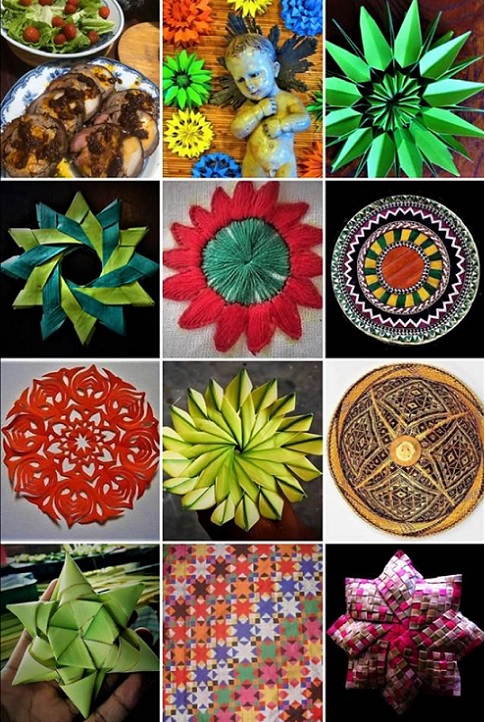Images from Mono8 Gallery and Elmer I. Nocheseda’s Facebook
In Elmer I. Nocheseda’s first solo exhibit titled Serendipity Flukes: Kutkutan Diaries at Mono8 Gallery in Greenhills until July 18, 2024, mixed media works on paper are full of intricate designs and patterns overlaid with a kaleidoscopic array of colors.
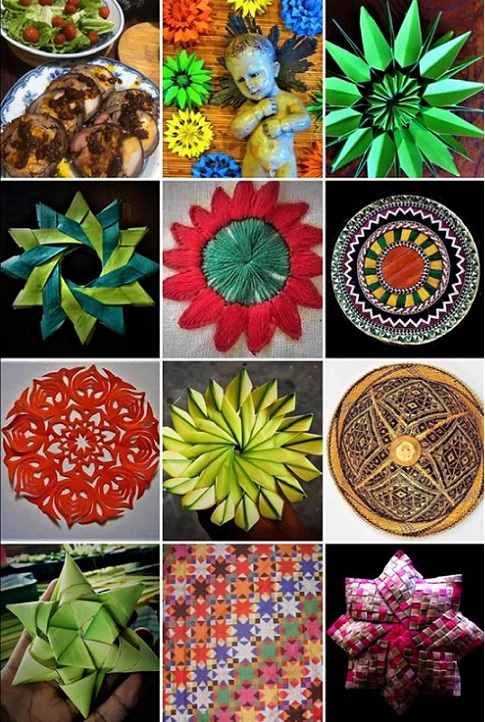
1. Circles on My Mind, From FB page, E. Nocheseda
Nocheseda describes his artworks as kutkut or dutdot, done in Japan and the Philippines between 2002-2004, amidst the onset of a progressive neurodegenerative disorder called Parkinson’s disease (PD) that he was unaware of.
He likens his work as “aimless wanderings of a subconscious and empty mind that allows the natural hand and mind connection to create designs” that may result in a surprise. A chance encounter of beauty on paper.
Despite the common perception that doodling is a meaningless form of activity, a sign of boredom or killing time, it is “a remarkably complex and mysterious process” and its role and value in art therapy have been discussed in scholarly journals.
Strokes of luck
Common elements in the exhibit include circles of various renditions imbued with color and motion. Spontaneity and randomness characterize the layers of doodles, as described by J. Sedfrey Santiago, the exhibit’s curator.
Grid-like patterns in black evoke the maze of city, ancient or modern, as seen from above, illuminated with pulsating lights and an open grid plan that radiates a continuous flow of movement. With no dead ends or blocked corners, it signals an environment full of interconnections, an abstracted reality of a mind’s inner reflection.
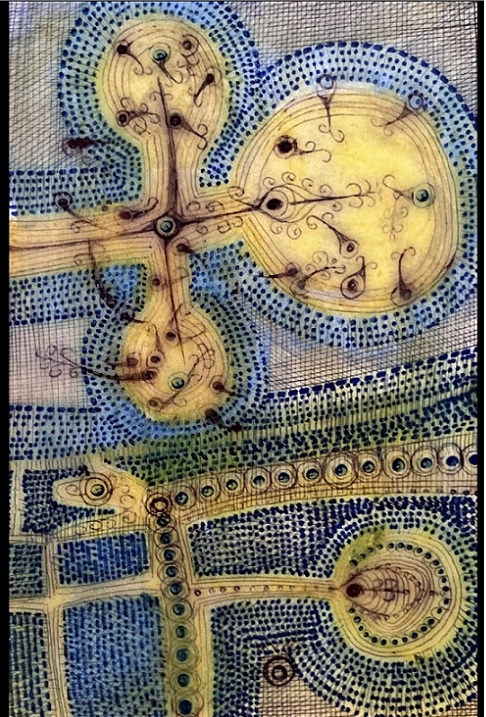
The Tokyo series depict the megacity’s crowded yet orderly streets, exemplified by the well-known Shibuya Crossing, the world’s busiest pedestrian intersection crossing, full of energy and frenzy from all directions.
One can also see colors of a changing seasons, from the fuchsia pink tones of spring and cherry blossoms to the somber earth colors of autumn.
In other works, disks in various sizes with a black dot at its center predominate in shades of blue, grey, or fuchsia, like internal cells and vessels, magnified a million times.
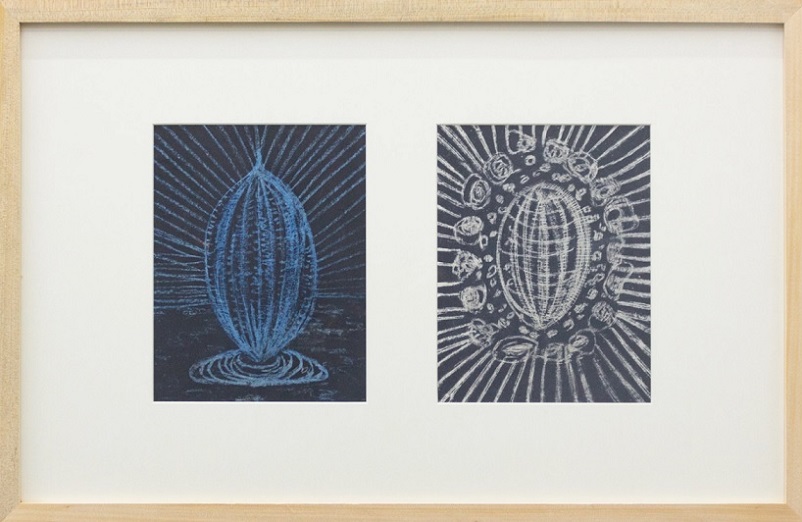
In Untitled No. 20, two works of blue tones depict a floating spindle-shaped object that looks like microscopic creatures from the dark depths of an ocean. In Untitled No. 19, cacti-shaped life forms beckon in yellows and blues.
Doodles of persistence
Nocheseda persists with his artmaking and “each stroke of the pen,” he says, “becomes a testament to the fragility of existence and the transformative power of surrender.”
His independent research and interest on mat weaving and palm leaves into palaspas, pusô (palm leaf pouch for rice), and other objects, and traditional embroideries must have impinged an infinite variety of patterns and designs into his consciousness that supersedes a mind grappling with PD.
In one of his FB posts which he titled “Circles on my mind,” he posts some circular objects from his life-long interest in indigenous culture: round shapes of a salakot, an embroidery of a flower, a detail of a folded palm leaf, a half-open fruit.
Unsettling and mesmerizing, the expressive works in Nocheseda’s first solo show evoke an uncertainty of the world we live in; and yet, we plod on.
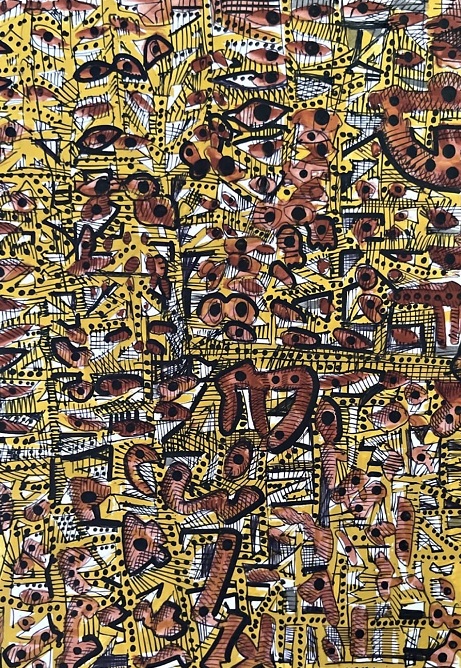
Elmer I. Nocheseda
An economics graduate in 1981 of Ateneo de Manila, he is an award-winning author of several books, such as the ground breaking work on palm leaf art, Palaspas: An Appreciation of Palm Leaf Art in the Philippines, 2009 published by Ateneo University Press. It won several awards: 2010 Gintong Aklat Awards for Arts and Culture, 2010 National Book Awards for Design, and Cardinal Sin Book Awards for Emerging Author. His other books include Pateros, 2013 on the history of his hometown; and Rara: Art and Tradition of Mat Weaving in the Philippines, 2016 published by Habi:The Philippine Textile Council.
He is working on a book project on the country’s traditional embroideries.
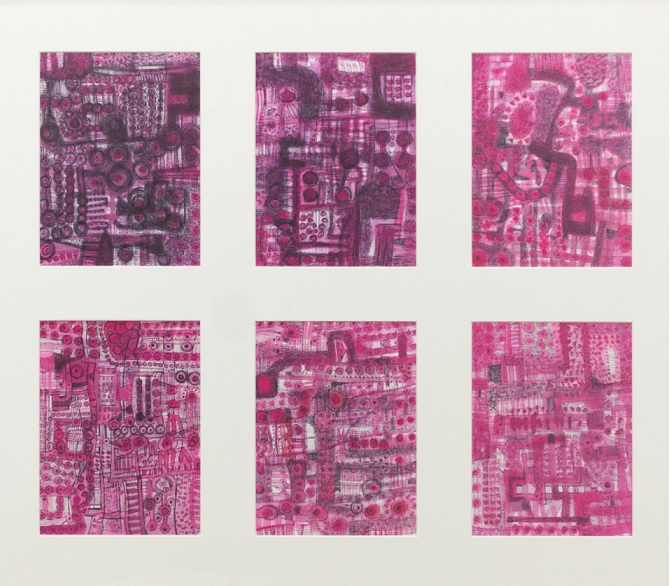
Parkinson’s Disease
The World Health Organization (WHO) Parkinson’s disease as “a brain condition that causes problems with movement, mental health describes, sleep, pain and other health issues” that gets worse over time. While there is no cure for PD, medicines can reduce symptoms.
As the fastest growing neurodegenerative disease in the world, PD affects “about 1 in 250 people over the age of 40; about 1 in 100 people aged 65 and older; and about 1 in 10 people aged 80 and older.”
The exhibit aims to raise funds for Nocheseda’s medical expenses. Part of the exhibit’s proceeds will also be donated to the Parkinson Disease department of a public hospital.
